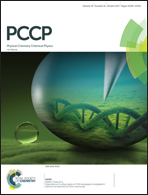 The corresponding author of a 2015 nanotechnology paper has penned a lengthy — and revealing — retraction notice, explaining why he is not certain about the findings.
The corresponding author of a 2015 nanotechnology paper has penned a lengthy — and revealing — retraction notice, explaining why he is not certain about the findings.
In the notice, Chang Ming Li from the Institute for Clean Energy & Advanced Materials (ICEAM) at Southwest University in China, states that there is “insufficient evidence to conclusively” identify the composition of the nanowire array described in the article, which “severely undermines the validity of the reported conclusions.”
The 2015 paper has been considered “highly cited” by Clarivate Analytics’ Web of Science, formerly part of Thomson Reuters, meaning it has received a disproportionate amount of cites given its field and publication year.
Li also said that the paper — which appeared in Physical Chemistry, Chemical Physics — was “submitted and published without my knowledge or permission.” He has not responded to our request to explain how that could have happened, given that he was the corresponding author. Continue reading Author retracts nanotechnology paper over doubts about key results

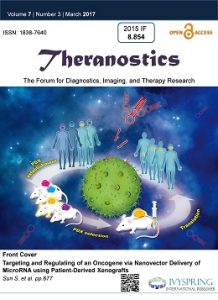


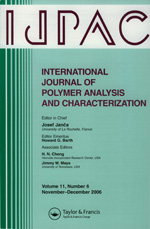 After a research group submitted two similar papers only days apart to different journals, one journal has retracted the paper — and told the other it should do the same.
After a research group submitted two similar papers only days apart to different journals, one journal has retracted the paper — and told the other it should do the same.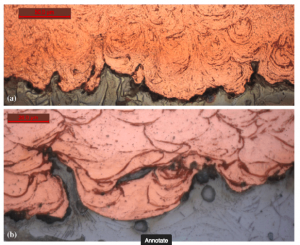
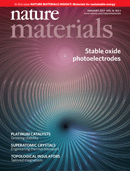
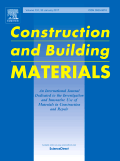 A material science journal has retracted a
A material science journal has retracted a 